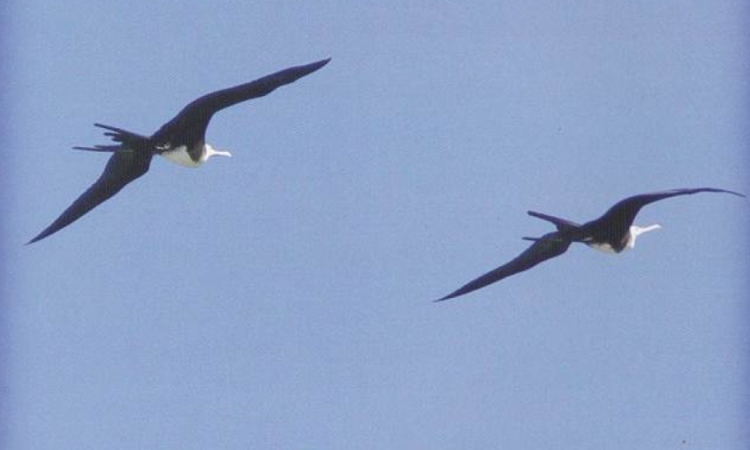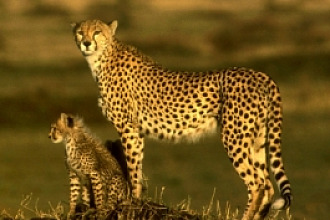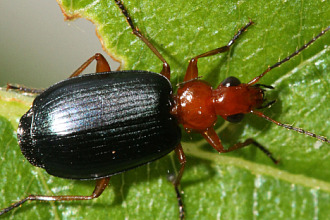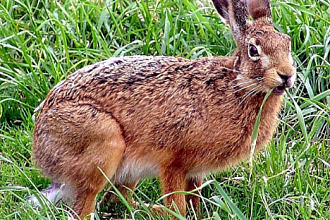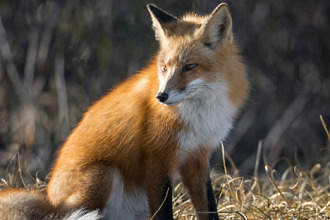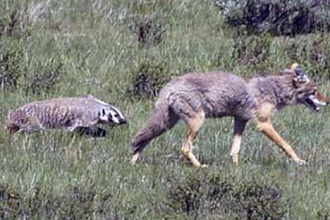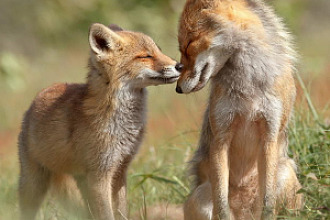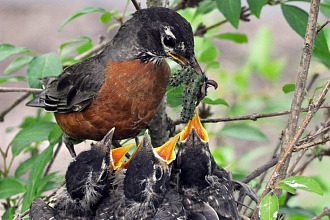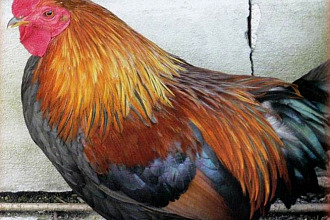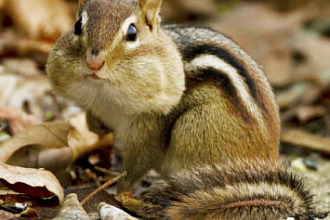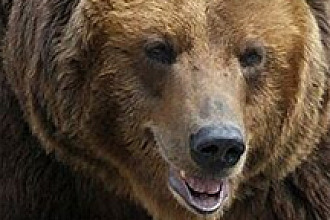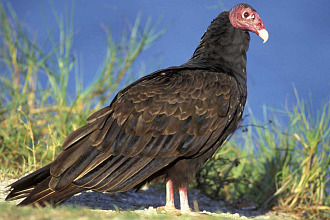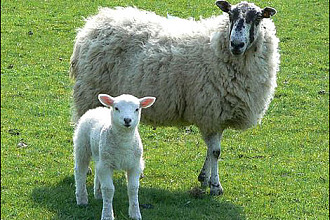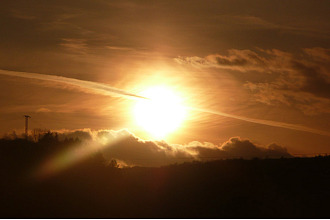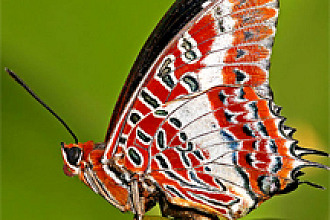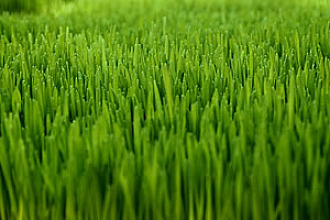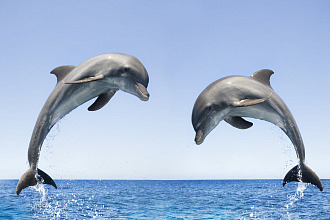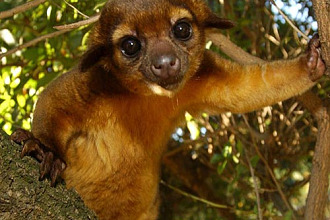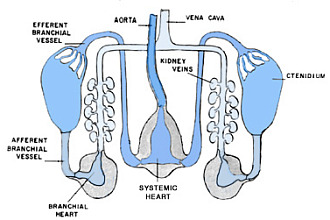The magnificent frigate bird is one of nature's most aerial of all birds.
The Creator's gift of not-by-accident perfect aerodynamics includes its wing span reaching close to 8 feet, and body weight of just three pounds! The bird's long, deeply-forked tail, gives it excellent maneuverability, as it quickly pounces on a catch that another bird drops after the frigate bird has harassed it! (Frigates often catch another bird's dropped meal before that catch ever reaches the water.) A frigate is just as tormenting to other frigates, and it was this characteristic that caused the frigate to be named "man o' war" after the pirate war ship!
Researchers have found that many times frigates literally stay air-borne for days at a time, like a kite resting in the air, landing only for sleeping, nest building or mating. Flying continually is not by accident. They cannot "take off" either on water or on land! They don't have equipment for walking or swimming! But flying is another matter. Those who spot the purplish-black iridescence of their wings as they float upward can know the direction of the wind. Many have learned to pre¬dict a change in the weather by observing the behavior of these graceful flying "machines" that soar with warm air currents.
Another not-by-accident behavior: The young of the frigate birds stay in the nest for 11 months! These birds grow quickly and soon are as large as the adults. But they do not have the skill to fly—yet they must eat. So the "big babies" sometimes sit for hours in the hot sun awaiting the return of a parent with food. Their Creator's not-by-accident programming of them includes their waiting heads down, motionless, (they look dead) conserving every ounce of strength until the mother frigate bird finally returns. The big baby's head jerks up and it begins demanding nourishment. When mother opens her beak with its regurgitated food, her baby stabs its beak down her throat and fills his belly.
The male frigate has no feathers under his beak but rather an orange patch of bare skin called the gular sac. When time to choose a mate, several males will settle in a tree. When a desirable female appears they shake their heads and begin to slowly blow air into that bare orange sac—now turned bright red. They continue slowly filling the gular sack with air for 20 to 25 minutes—until it's the size of a human head—and looks like a big red balloon! (God evidently programmed with¬in the female an enjoyment of bright color.) She chooses the male who appeals to her fancy the most—and settles beside him on the branch where he is perched. It's a not-by-accident beginning of a God-provided relationship for them—even as the Creator plans for satisfying ways to meet our needs. In fact, God's plans for the future for His creatures include a New Earth where neither human beings nor beautiful birds will ever steal from one another! The best part is that He's provided a not-by-accident way via His Son so any and all humans can choose to be there!
"NOT BY ACCIDENT" (c) Juanita Kretschmar is used by permission and was first published in the book "Not By Accident 2" page 18-19

